
Water Security
- Home
- Water Security
Image
Water Security
GOAL 1: WATER SECURITY
We make use of the shared waters of the Nile Basin to meet each other’s demand.
What does that mean? If countries develop as planned, we will need 1.5 Niles by 2050. Together, we will better monitor, manage and develop the Nile, use existing water sources more efficiently and explore new ones. This way, we will have enough water for us all.
Action Areas
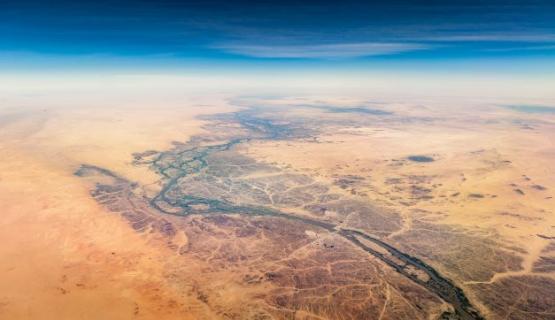
Climate Change Adaptation
The effects of climate change are being felt around the globe. The African continent, while contributing least to greenhouse gas emissions, is most vulnerable and yet is predicted to be hit hardest by the impacts of climate change.
Catchment Management
Catchment is the action of collecting water, especially the collection of rainfall over a natural drainage area. A catchment area is, therefore, a geographical location from which rainfall flows into a river, lake, or reservoir.
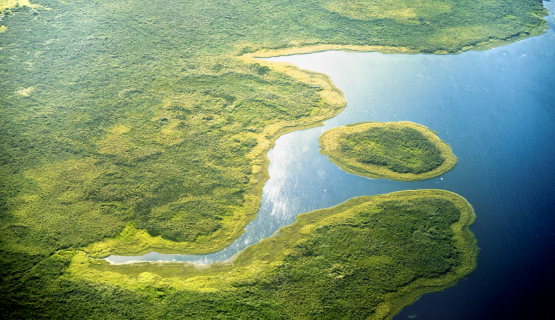
State of Basin Monitoring
Over the years, several of the Nile Basin countries have been among the fastest-growing economies on the African continent. Across many parts of the Basin, great advances have been made in tackling poverty, malnutrition, health issues and unemployment.
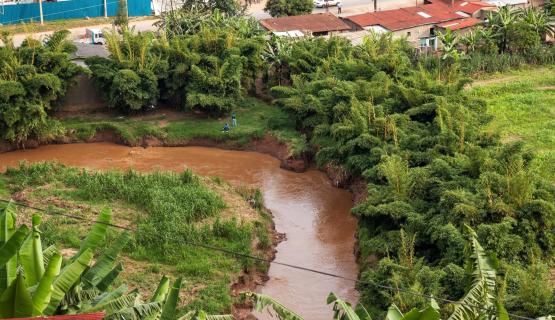
Water Quality Management System
Water is the lifeline of nearly every aspect of life. Keeping that water in a useable state, therefore, greatly increases its availability and the sustenance of the life that depends on it. In fact, water quality is one of the most important factors in a healthy ecosystem because clean water supports a diversity of plants and wildlife.
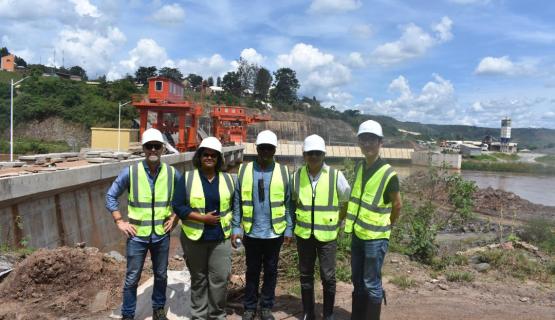
Nile River Basin Investment Plan
The Nile region is well endowed with energy resources that include natural gas, oil, hydropower potential, geothermal energy, coal, peat, biomass, solar and wind. Despite the richness in energy sources, electricity supply in many Nile countries is inadequate, unreliable and expensive.
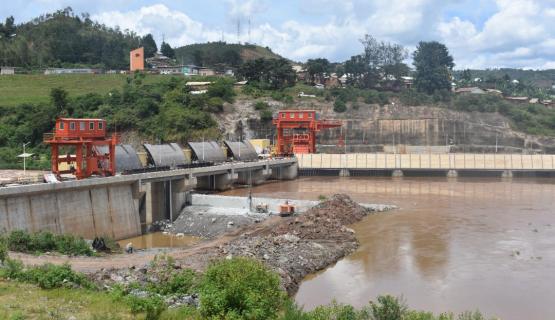
Nile River Basin Management Plan
The Nile Agenda is about what needs to be done to support the attainment of the Nile Vision Objective, agreed by the NBI member countries in 2002 to “achieve sustainable socio-economic development through equitable utilisation of, and benefit from, the common Nile Basin water resources.”
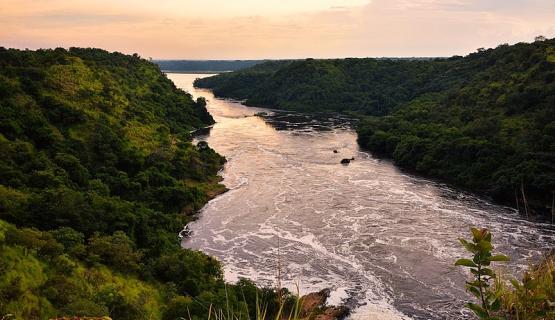
Strategic Water Resources Analysis
As the populations and economies of the Nile Basin countries grow, so does the demand for water, food and energy. If countries develop as planned and without coordination, this will put pressure on the already strained water resources of the region.
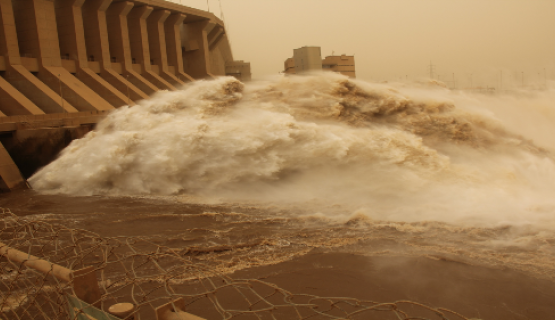
Dam Safety and Coordinated Operation of Cascade Dams
The Eastern Nile sub basin is characterised by rapid population growth, environmental degradation, high rainfall variability and seasonality and frequent natural disasters. The population in the sub basin is projected to increase significantly over the coming decades.
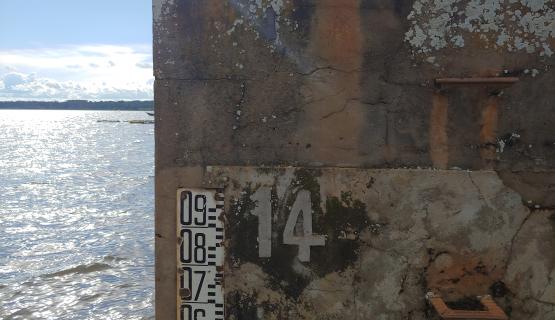
HydroMet
The NBI developed a Nile River Basin Monitoring Strategy (2010) to guide its activities for enhancing the monitoring system in the basin, and therefore to provide the data required to facilitate the implementation of various projects and programmes.
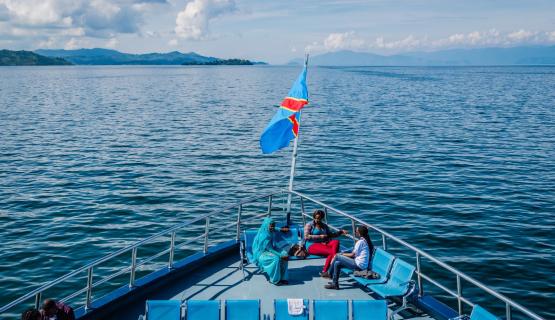
Nile Navigation (NileNAV)
Inland water navigation is an important economic activity for the Nile riparian countries. A number of rivers’ reaches and in-land water bodies in the Nile Basin are navigable. Examples include Lake Victoria, the White Nile between Malakal (South Sudan and Khartoum)...
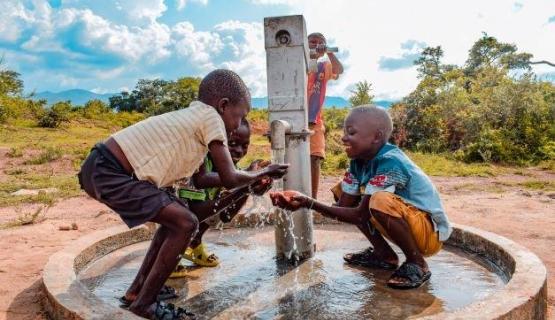
Groundwater
The interaction between groundwater and surface water systems (rivers, wetlands, lakes) has not been adequately considered in most trans-boundary river basin management initiatives, including the Nile Basin.